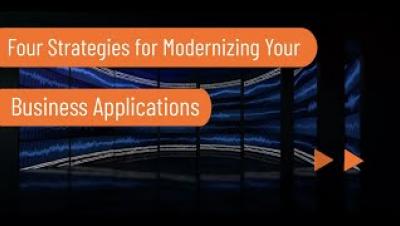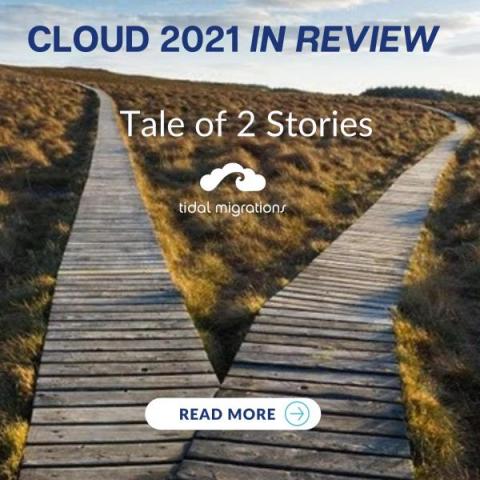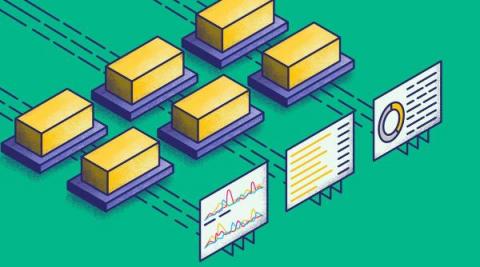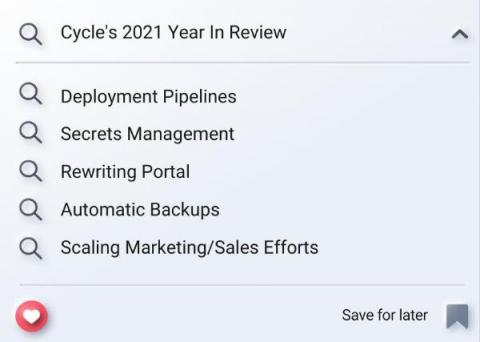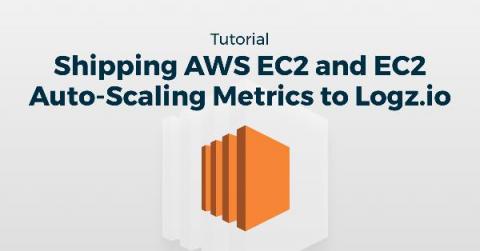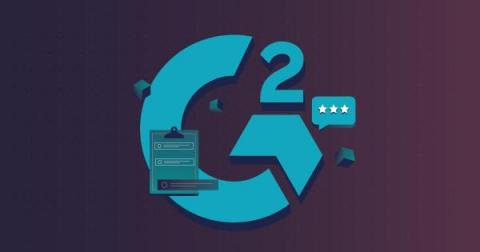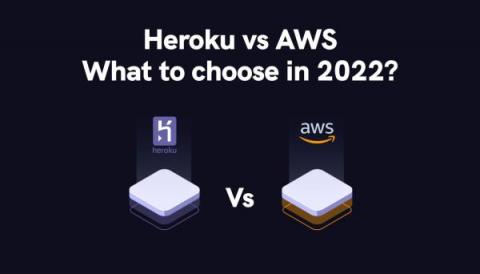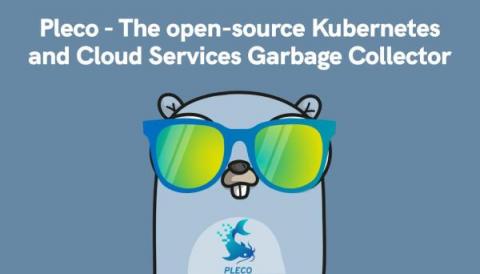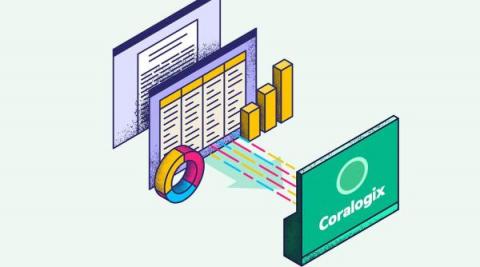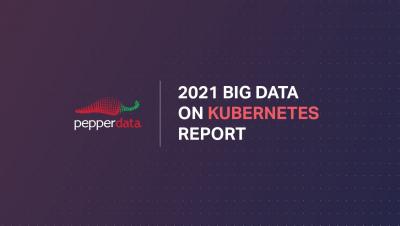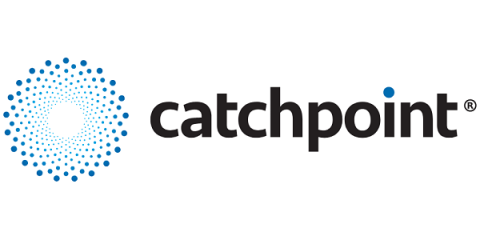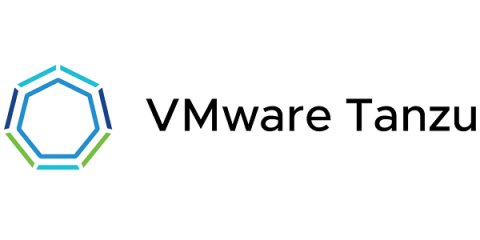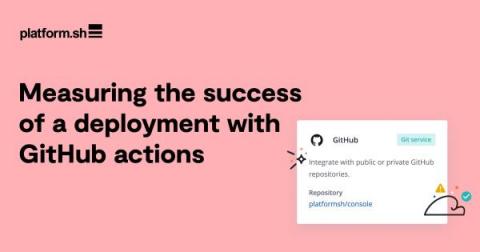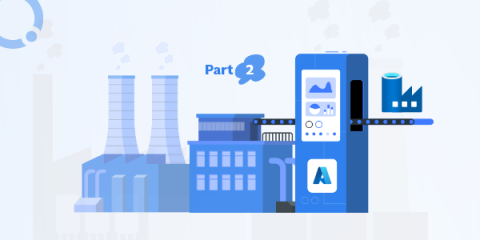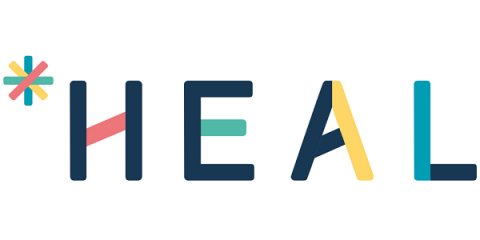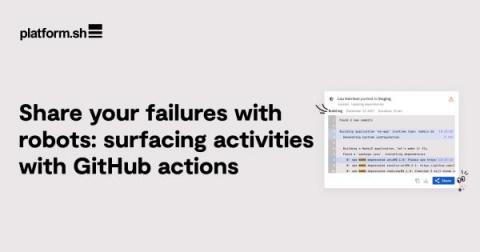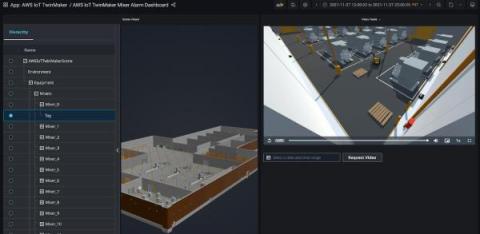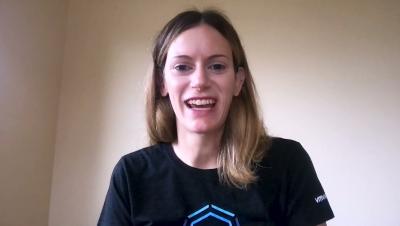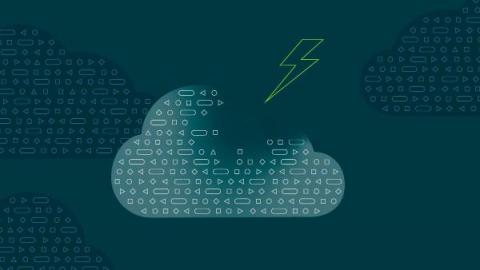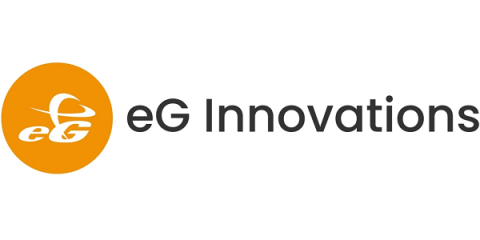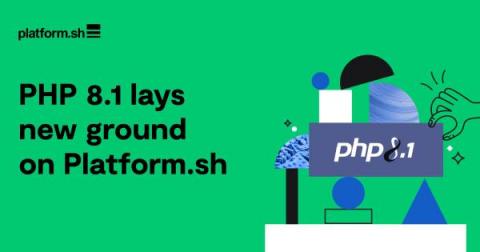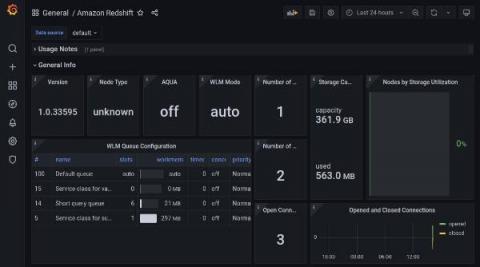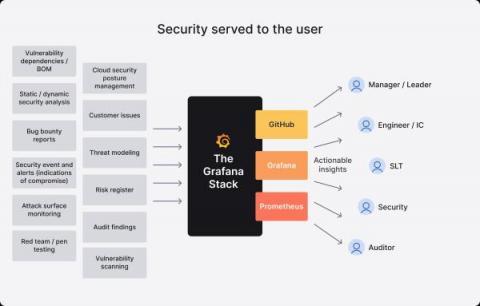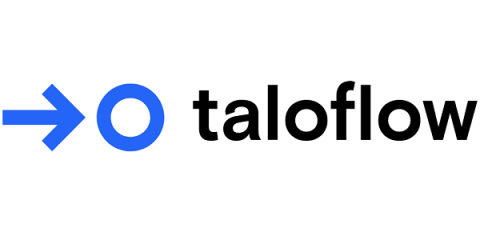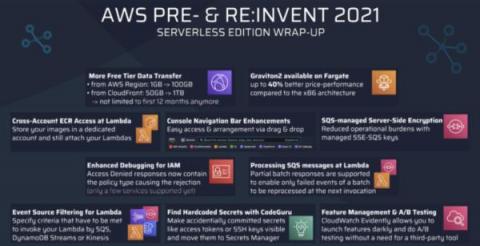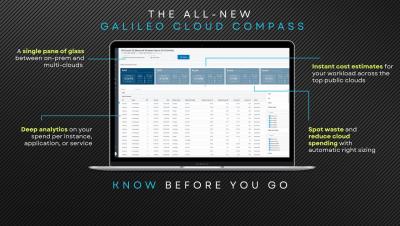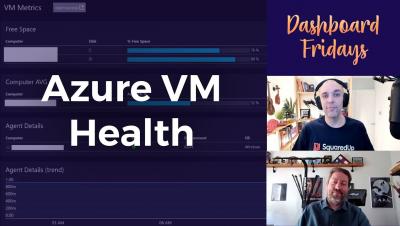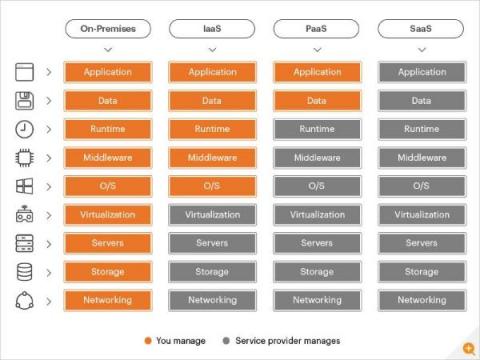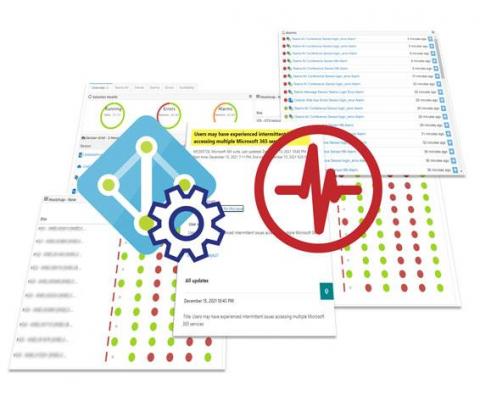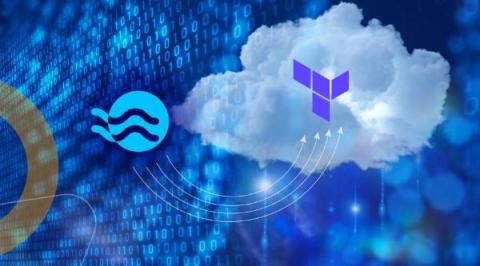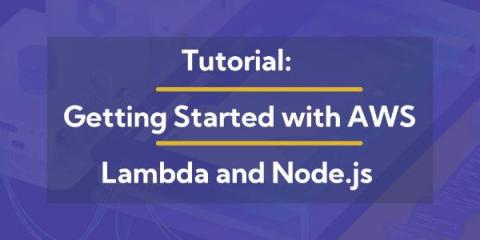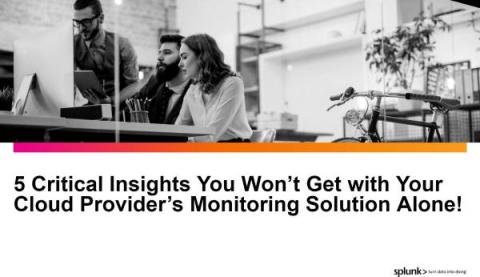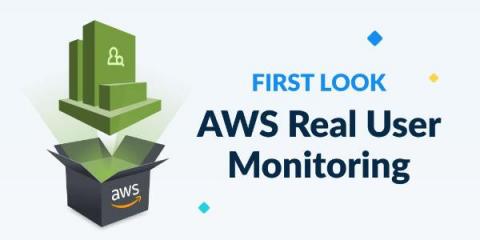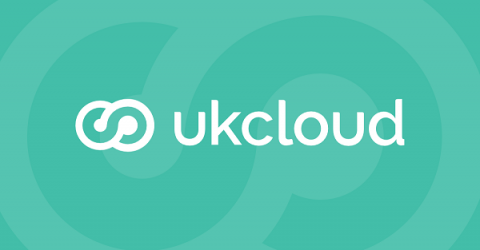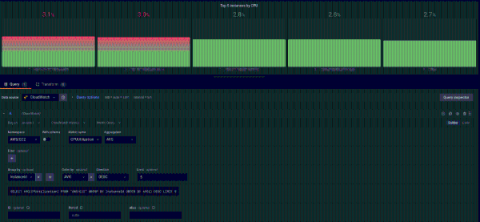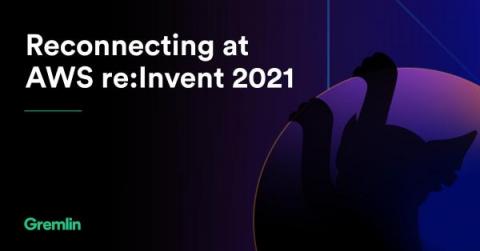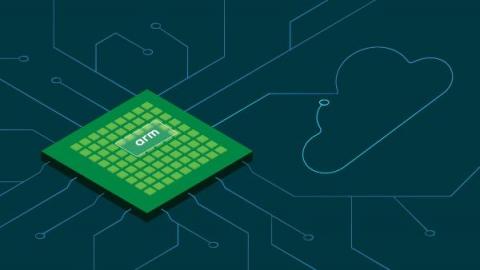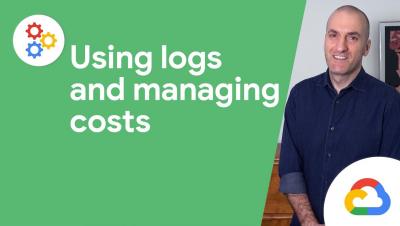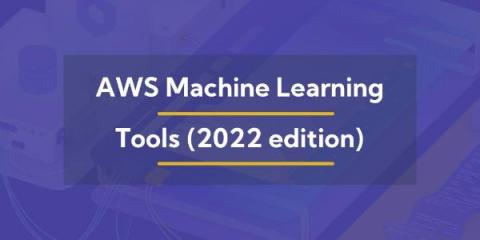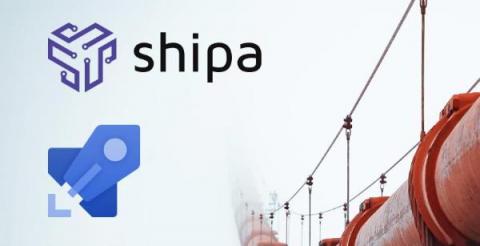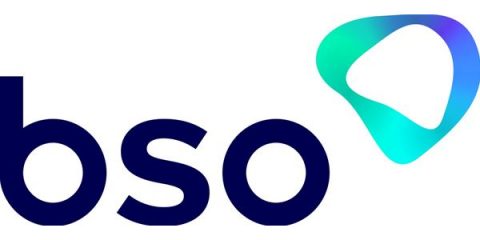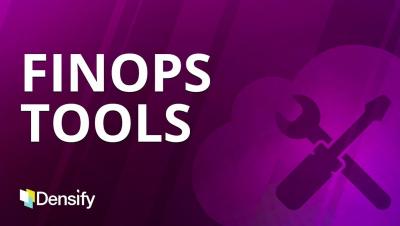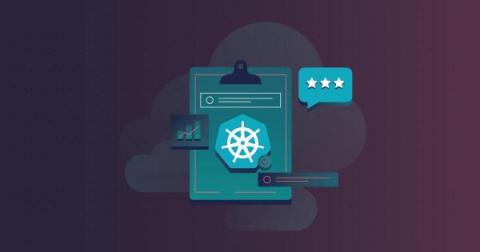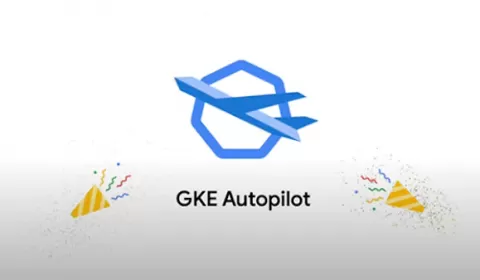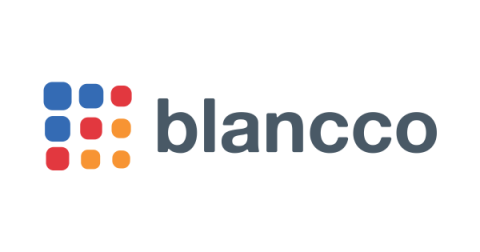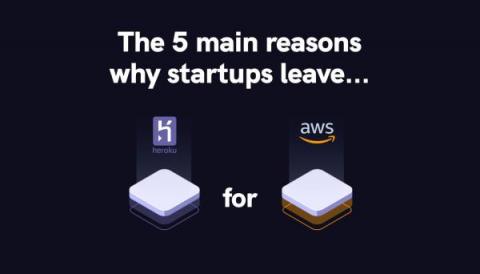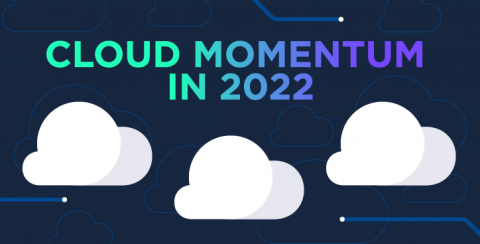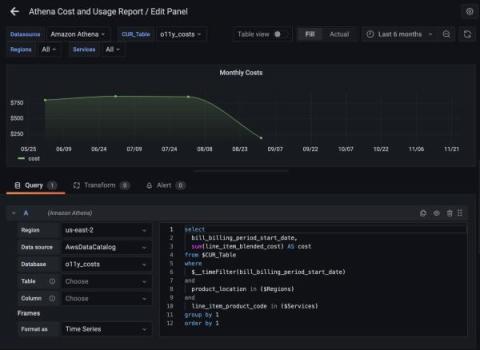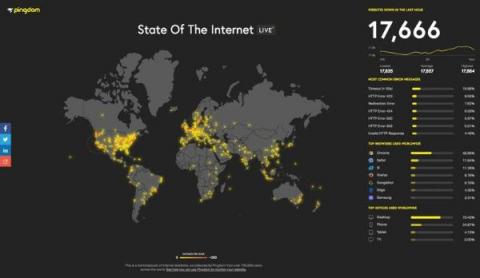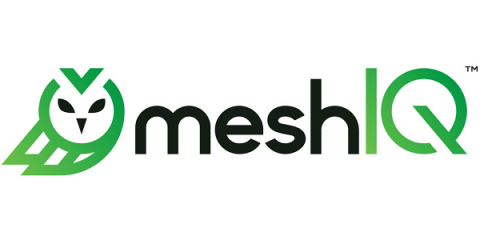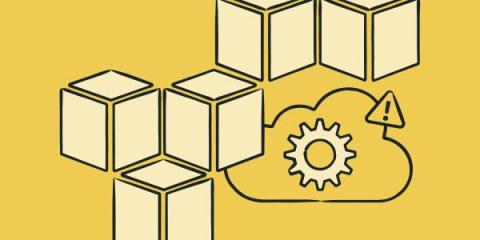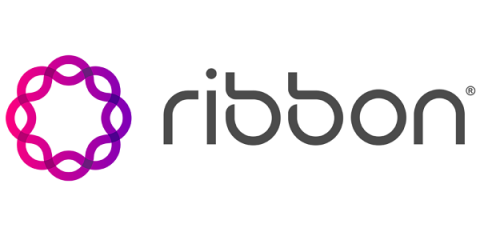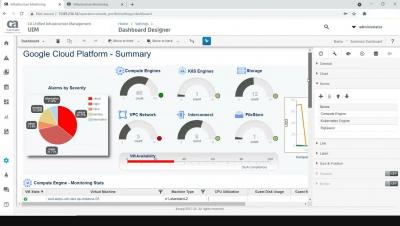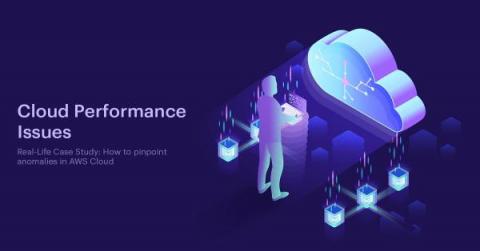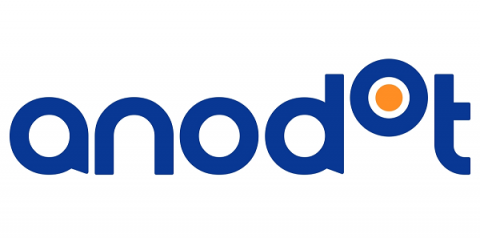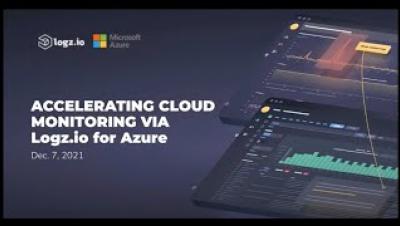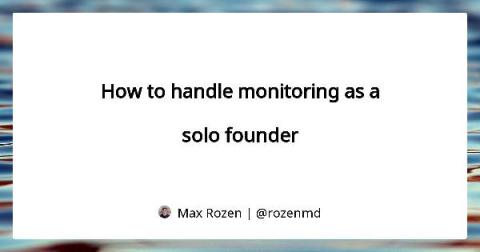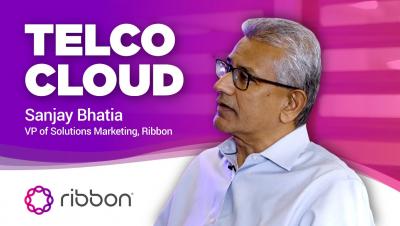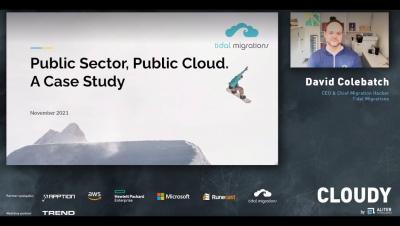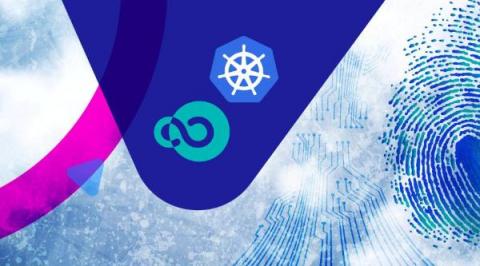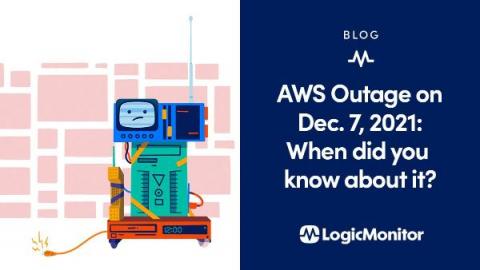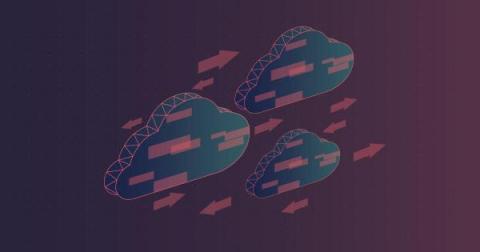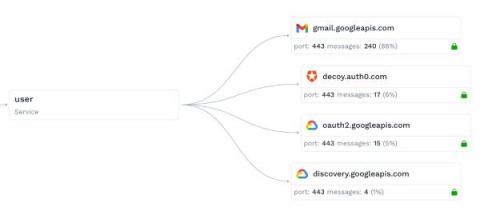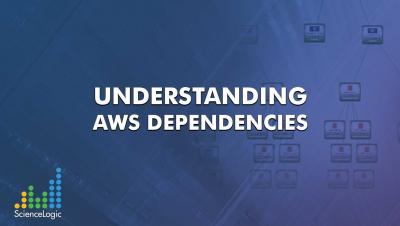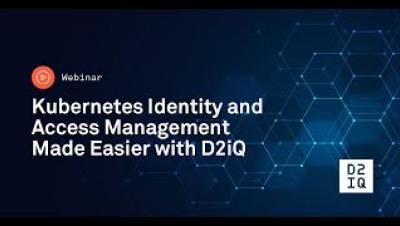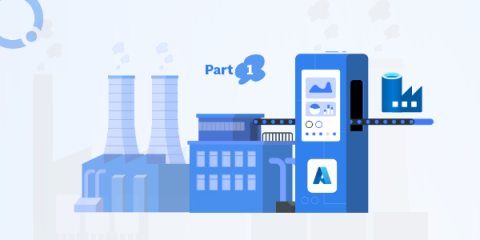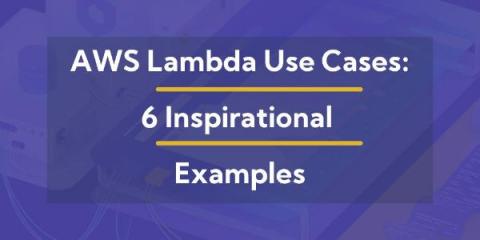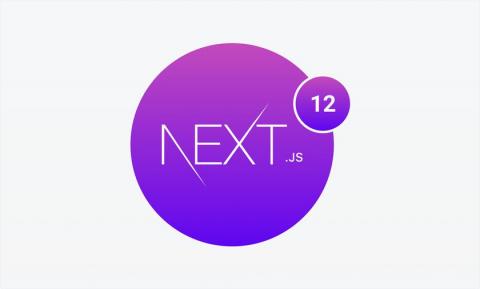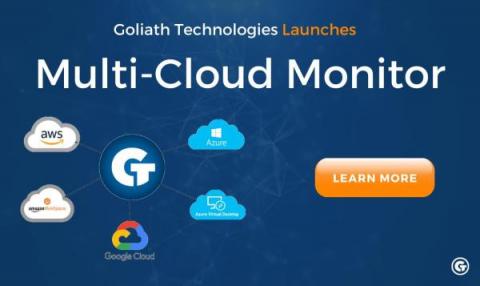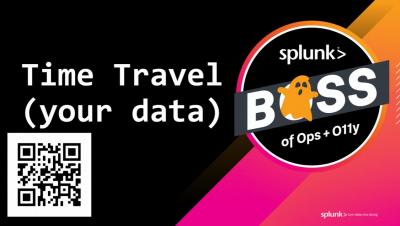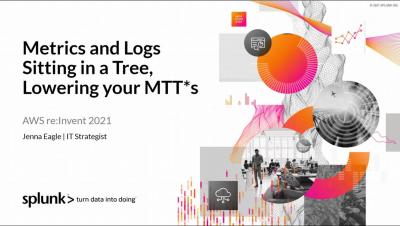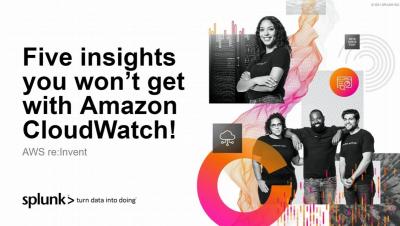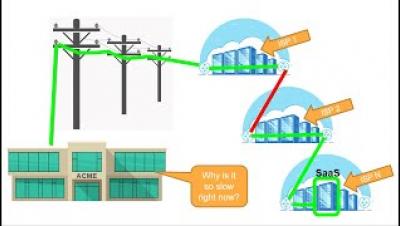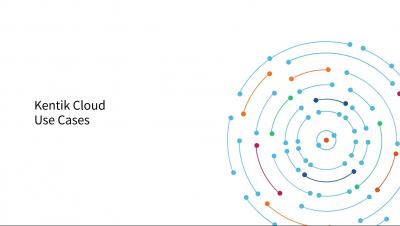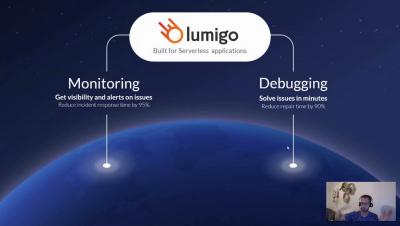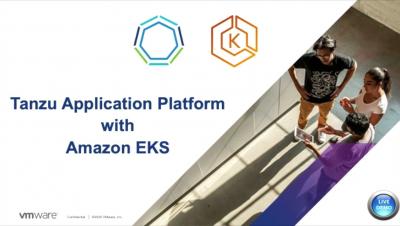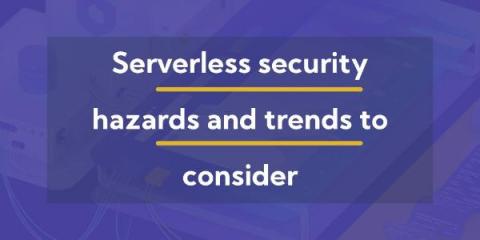Operations | Monitoring | ITSM | DevOps | Cloud
December 2021
Interview with Mark Perry, AI Specialist at Cloudpick
For the newest instalment in our series of interviews asking leading technology specialists about their achievements in their field, we’ve welcomed Mark Perry - Head of Global Business Development at Cloudpick.
2021, the Cloud that Was
2021 turned out to be a tale of two stories – on the one hand we saw cloud investments and adoption on the rise, and on the other we observed uncertainties from leaders tasked with bringing about these transformations. Nonetheless, there is little doubt that 2021 was a hot year for the cloud.
ECS Monitoring Metrics that Help Optimize and Troubleshoot Tasks
Compute functions that run on Amazon’s Elastic Container Service (ECS) require regular monitoring to ensure proper running and managing of containerized functions on AWS – in short, ECS monitoring is a must. ECS can manage containers with either EC2 or Fargate compute functions. While EC2 and Fargate are compute services, EC2 allows users to configure virtually every functional aspect. Fargate is more limited in its available settings but is simpler to set up.
2021 Year In Review
Most days at Cycle, we go through the day-to-day grind; checking tasks off our endless to-do list, looking forward, and striving towards our goals. We are focused on the small steps throughout each day: head down, working hard, placing one foot in front of the other. But every once in a while, it is necessary to pause, lift our head up, and look back at how far we have come. So, what have we been up to in 2021? We are always listening to user feedback and continuously seeking to improve our platform.
What are AWS EC2 Instances? A Tutorial for EC2 Metrics Shipping with Logz.io
Amazon Elastic Compute Cloud (a.k.a., EC2), is no doubt the core current computing infrastructure. It sits at the heart of AWS, the main kind of structure for housing virtual machines and containers for development and operations. Applying standards of observability with EC2 logs and obviously EC2 metrics (or any kind of AWS metrics for that matter) will inform you on if you have the right sorts of instances in place (and the appropriate size of those instances).
Pepperdata Helps Companies Get a Clear View of Their Big Data Stack
21 Financial KPIs Every SaaS Company Should Be Monitoring
Heroku vs AWS : what to choose in 2022? - Detailed comparison
As a developer, using Heroku (a Platform as a service (PaaS)) helps get our applications up and running quickly. Without worrying about servers, scaling, backup, network, and so many underground details. Heroku is the perfect solution to start a project. But as the project grows, the needs become more complex, and moving from Heroku to Amazon Web Services (AWS) becomes more and more a no-brainer choice (discover why so many CTOs decide to move from Heroku to AWS).
Hybrid Cloud Predictions: 2022 Will Be the Year of Cloud Arbitrage
The as-a-service model and shared economy has changed the way people think about products, properties, and partnerships. Netflix found massive success not by improving the DVD experience but by eliminating it altogether. Companies like WeWork, Airbnb, and Vrbo created a shared economy that reduces the need for ownership. As a part of our business transformation in the last one year, Virtana has embraced both the sharing economy and as-a-service subscription.
Predictions 2022: OpsRamp Technology Leaders Sound Off on What to Expect in the New Year
2021 brought us widespread COVID vaccines, the Great Resignation, global supply chain disruption, inflation that went from transitory to persistent, accelerated digital transformation in the wake of the pandemic, an attempt at a return to normalcy—and the office—and plenty of uncertainty for the year ahead, thanks to the Delta and Omicron variants.
Announcement: Pleco - the open-source Kubernetes and Cloud Services garbage collector
TLDR; Pleco is a service that automatically removes Cloud managed services and Kubernetes resources based on tags with TTL. When using cloud provider services, whether using UI or Terraform, you usually have to create many resources (users, VPCs, virtual machines, clusters, etc...) to host and expose an application to the outside world. When using Terraform, sometimes, the deployment will not go as planned.
Monitoring Office365 and Azure Health Status with Coralogix
Life is all about perspective, and the way we look at things often defines us as individuals, professionals, business entities, and products. How you understand the world is influenced by many details, or in the case of your application – many data sources. At Coralogix, we not only preach comprehensive data analysis but strive to enable it by continuously adding new ways to collect data.
2021 Kubernetes on Big Data Report: Data Management | Pepperdata
Incident Review - The Third AWS Outage in December: When it Rains, it Pours
The following is an analysis of the Amazon Web Services (AWS) incident on 12/22/2021. When it comes to major AWS outages, three times is certainly not the charm. For the third time in three weeks, the public cloud giant reported an outage, this time due to a power outage “within a single data center within a single Availability Zone (USE1-AZ4) in the U.S.-EAST-1 Region," according to the AWS status page. Here at Catchpoint, we first observed issues at 07:11 a.m.
People Run Everything, Everywhere: Highlights from the O'Reilly Cloud Adoption 2021 Report
Hey there, it's your survey analysis pal: me! O'Reilly recently published its 2021 cloud survey, and it’s got some great insights into cloud usage, migration, and strategy. Here are three things I thought I'd look at more deeply.
Measuring the success of a deployment with GitHub actions
Last week, we took a look at how shareable activities - specifically the link made available to a particular activity’s logs in the management console - could be surfaced as a part of a GitHub integration using GitHub actions. It was a nice bit of fun playing around with GitHub actions for the first time, and it let me make something new and useful for my team’s work. But I caught a little bit of the curiosity bug.
Get the best out of Azure Data Factory - Part 2
AIOps for Network Monitoring
Multi-cloud hybrid cloud environments, microservices architectures, the rapid growth in the number of mission-critical applications, and the sudden surge in remote work have made enterprise networks exponentially complex. These networks are often not designed to handle the variety of physical and wireless media that’s become common today, for instance, the number of video calls, data transfer through screen sharing, etc.
Share your failures with robots: surfacing activities with GitHub actions
In our previous announcement, we announced that activities on Platform.sh were now shareable. If you need to send a member of our support team something fishy going on in your build hook, or get help from another member of your team about a database migration taking longer than expected, you can send them to the exact logline you need help with.
How Grafana powers the dynamic visualizations of IoT data for AWS IoT TwinMaker
At re:Invent this year, AWS announced its new digital twin service, AWS IoT TwinMaker (in preview), which allows users to create digital twins of real-world systems like buildings, factories, industrial equipment, and production lines. Using a digital twin to monitor and improve operations for a physical system requires ingesting data from IoT sensors, process instruments, cameras, and enterprise systems, and curating and associating data from these disparate sources.
Make Your Move to Multi-Cloud Kubernetes with VMware Tanzu
Deploy Arm-based applications to AWS Graviton2 with CircleCI
Cloud misconfiguration: vulnerability hiding in plain sight
This post originally appeared on The New Stack and is re-published here with permission. In our technology-driven business climate, most companies have at least some, if not all, workloads on the cloud. And unlike on-premises networks, these cloud environments lack secure outer perimeters and specific off times. Cloud networks are always on and always available. While convenient, this also means hackers can access them at any time.
Monitoring AWS EC2 Cloud Instances with AWS CloudWatch
Amazon Elastic Compute Cloud (Amazon EC2) is a web service that provides secure, resizable compute capacity in the cloud. It is designed to make web-scale cloud computing easier for developers. Amazon EC2’s simple web service interface allows you to obtain and configure capacity with minimal friction. It provides you with complete control of your computing resources and lets you run on Amazon’s proven computing environment.
PHP 8.1 lays new ground on Platform.sh
Every year, the PHP foundation releases a new version of PHP that includes updated features for users. These new releases offer a sweet way to kick off every holiday season for developers and application makers (like me). Just days after its official release, we made PHP 8.1 available for all projects on our Grid plans. Now, you can take advantage of the long-awaited PHP 8.1 features on Platform.sh.
Monitor all your Redshift clusters in Grafana with the new Amazon Redshift data source plugin
In collaboration with the AWS team, we have recently released the new Redshift data source plugin for Grafana. Amazon Redshift is the fastest and most widely used cloud data warehouse. It uses SQL to analyze structured and semi-structured data across data warehouses, operational databases, and data lakes by using AWS-designed hardware and machine learning.
The values behind scaling cloud native security at Grafana Labs
On Nov. 8, I started as the new Chief Information and Security Officer at Grafana Labs. In my first five weeks, I’ve met about 100 really amazing people; learned and absorbed early lessons about our workplace culture; kicked off working groups for our 2022 initiatives (bug bounty FTW); and contributed to tackling our first-ever 0day. Amid all of that, I’ve also been doing a lot of thinking.
Comparing Cloudflare Workers, Fastly Compute@Edge, Akamai EdgeWorkers
What Are The Different Cloud Cost Models? 3 Types You Need To Know
22 serverless updates from re:Invent 2021 you need to know
Did you get all the serverless updates from AWS pre- & re:Invent 2021?️ If you’re a serverless enthusiast we’ve collected the most important serverless updates from re:Invent 2021 you need to know about.
The All-New Galileo Cloud Compass
Dashboard Fridays: Azure VM Health Dashboard
Azure Thames Valley: Azure CosmosDB as a Knowledge Graph (in SquaredUp's Cloud product)
SaaS vs PaaS vs IaaS: Examples, Differences and How To Choose
Cloud computing service models come in three broad categories: This article outlines the key differences, examples, advantages and disadvantages for each cloud computing service model so you can choose the best option for your application’s needs.
5 IT Financial Management (ITFM) Best Practices To Consider In 2022
Global Azure AD Outage Affecting Microsoft 365 Services December 15
Microsoft has had its own share of outages recently and during the evening of December 15th Azure AD was the cloud culprit. As a result, the Exoprise sensors detected this Microsoft 365 outage more than an hour before Microsoft informed customers of the issue. Here’s some of the errors that users were experiencing if they attempted to sign into Microsoft services: Most of our worldwide customers knew well in advance of the problem before users or business suffered.
Cloud monitoring 101
Cloud monitoring is a concept that refers to a process of examining, monitoring, and controlling a cloud workflow. Cloud monitoring may be performed manually or via automated monitoring services or technologies to ensure that a cloud is operating. This procedure, centered on security and administration, has become critical for firms that depend on cloud technology.
Import Spot resources into Terraform
More and more, DevOps and platform teams are using infrastructure as code to design and implement infrastructure in the cloud. Hashicorp’s Terraform is one of the most popular infrastructure as code tools. It enables you to define your desired state of infrastructure using code, and deploy those changes to your cloud. Spot by NetApp has extensive support for Terraform in Elastigroup and Ocean, our products for cloud infrastructure management.
Christmas Newsletter 2021
It’s the most wonderful time of the year, and you are the most wonderful part of the Cloud 66 family! Thank you for being our customer - we are grateful. We wish you a holly, jolly holiday season full of magic, happiness, and laughter. Have a prosperous 2022 filled with clean code, smooth pipelines, effortless deployments, and spectacular success! Festive Greetings from the Cloud 66 Crew!
CloudOps (Everything You Should Know)
Tutorial: Getting Started with AWS Lambda and Node.js
AWS Lambda is an incredible tool that works well with an abundance of other services on AWS. In this hands-on walkthrough, we’ll show you how to get started and create your first Node.js AWS Lambda function. Once upon a time, not so long ago, a word caught my ear. Lambda. That struck a chord, remembering the good old days of playing Half-Life as a kid. Little did I know what AWS Lambda was and how incredibly awesome it is. If you’re intrigued, stick around.
Five Critical Insights You Won't Get With Your Cloud Provider's Monitoring Solution Alone
When meeting with a current or prospective Splunk customer, one question we are often asked is “Why do I need Splunk when I can just use AWS Cloudwatch, Azure Monitor, or GCP Cloud Operations Suite (formerly known as Stackdriver) for my cloud monitoring needs?” And what a great question it is!
How we designed Ubuntu Pro for Confidential Computing on Azure
Not all data is destined to be public. Moving workloads that handle secret or private data from an on-premise setup to a public cloud introduces a new attack surface with different risks. As the public cloud environment shares its hardware infrastructure, a flaw in the clouds’ isolation mechanisms can be detrimental to the protection of sensitive data. The major public cloud environments tackle this by building their security following a defense-in-depth approach.
A first look at Amazon CloudWatch Real User Monitoring
UKCloud announces Strategic Partnership with Data Virtualisation Leader Denodo
Identify operational issues quickly by using Grafana and Amazon CloudWatch Metrics Insights
Amazon CloudWatch has recently launched Metrics Insights (Preview) — a fast, flexible, SQL-based query engine that enables you to identify trends and patterns across millions of operational metrics in real-time. With Metrics Insights, you can easily query and analyze your metrics to gain better visibility into the health and performance of your infrastructure and large scale applications.
Reconnecting at AWS re:Invent 2021
AWS re:Invent 2021 was an especially unique event, as it was the industry’s first big in-person event since the start of the pandemic. After nearly two years of virtual events, being able to walk the expo halls in-person was an adjustment to say the least.
Is Arm the future of cloud computing?
The Arm architecture dates back to Acorn Computers’ BBC Micro in 1981. The BBC Micro was a conventional machine, yet it ran nearly twice as fast as its contemporaries, such as the Apple II. About the same time, research on a microprocessor design based on the Reduced Instruction Set Computer (RISC) demonstrated that simple chip designs could easily outperform the current high-end 32-bit offerings.
How to find cloud logs and manage logging costs
Incident Review: Another Week, Another AWS Outage
The following is an analysis of the Amazon Web Services incident on 12/15/2021. It may be the holiday season for most of us, but for AWS it appears to be Groundhog Day, Bill Murray style. For the second week in a row, the company reported an outage, this time affecting its US-West-2 region in Oregon and US-West-1 in Northern California.
The 12 Best AWS Cloud Management Tools - Organized By Category
AWS Machine Learning Tools (2022 edition)
When you want to stay ahead and on top of things in a fast-moving industry, machine learning (ML) is surely one of the trending solutions. Today, innovative companies already have leading Machine Learning tools well-integrated into their processes. In comparison, your start could seem dreadfully slow. Or maybe you just don’t have the time or resources to invest in running your own Machine Learning training infrastructure.
Deploying Your App Using Shipa and Azure Pipelines
In this article, you will learn a bit about how you can deploy an app in IaC way to Kubernetes using Shipa and Azure Pipelines. Shipa is a unique product that solves one of the main issues that developers face while developing Cloud Native applications on Kubernetes. The underlying issue of learning Kubernetes in a faster phase is a difficult task for most of the new developers, that is where Shipa comes to the rescue.
BSO goes live in Bergamo, Italy, as it expands European low-latency network
Coralogix is Live in the Red Hat Marketplace!
Coralogix is excited to announce the launch of our Stateful Streaming Data Platform that is now available on the Red Hat Marketplace. Built for modern architectures and workflows, the Coralogix platform produces real-time insights and trend analysis for logs, metrics, and security with no reliance on storage or indexing. Making it a perfect match for the Red Hat Marketplace. Request a Demo.
FinOps Tools: Supercharge Your Investment with Optimization
2021 Pepperdata Survey: The Reality of Kubernetes in Action
Why is my SaaS application so slow?
Many companies today rely on SaaS connections in order for the business to function. Some users simply can’t operate in their job when an application becomes unavailable. When hundreds of users are impacted, this can cost a company serious money. That’s why keeping a proverbial finger on the pulse of application performance is generally worth the effort. But, it isn’t easy. Many popular SaaS applications are delivered from hundreds of locations around the world.
Enabling the Self Driving Cloud with Splunk Observability Cloud and GKE Autopilot
In 2021, any time that you access any kind of web service, whether it be via a website or app, chances are high that the backend is running on Kubernetes. Hundreds of thousands of organizations rely on Kubernetes to power and manage their mission critical services every day, and the reliability and scalability benefits offered by Kubernetes have been felt across the industry.
Blancco's Data Erasure Solutions Empower DoD Contractor Compliance with CMMC 2.0 Media Protection Requirement
The 5 main reasons why startups leave Heroku for AWS
Heroku is a cloud-based platform that helps companies build, deliver, monitor, and scale applications with high velocity. Heroku's popularity is due to its simplicity, usability, elegance, and focus on the developer experience. Developers find Heroku helpful as they can get their application ready and running with only minimal focus on configuring infrastructure. Heroku scores on easiness in architecting apps, deploying them to flexible cloud infrastructure, and scaling them as required.
3 Areas Of Cloud Momentum For 2022
Query and analyze Amazon S3 data with the new Amazon Athena plugin for Grafana
In collaboration with the AWS team, we have recently released the new Athena data source plugin for Grafana. Athena is an interactive serverless service that makes it easy to analyze data in Amazon S3 using standard SQL. Athena supports a wide variety of data formats including CSV, JSON, ORC, Arvo, and Parquet. Athena also integrates with AWS Glue Data Catalog, which allows you to create tables and query data based on a central metadata store of many AWS services, such as CloudFront, ELB, and more.
Maximum availability without risk: Spot market scoring explained
Using spot instances for mission-critical workloads always carried the risk of interruptions, making their use, while financially attractive, less than ideal from a reliability perspective. Spot by NetApp has made it possible for cloud consumers to use spot instances for dramatic cost savings while ensuring high availability for all kinds of workloads. Core to our cloud infrastructure offerings is Spot Availability Scores, which are leveraged to provide maximum availability while mitigating risks.
2021 AWS Outage and How To Prevent Your Websites and Applications From Being Impacted
The 25 Most Important Cloud Metrics For SaaS Companies To Monitor
Pulsant Colocation
Cloud computing has won. But we still don't know what that means
There’s little doubt that cloud computing is now the absolutely dominant force across enterprise computing. Most companies have switched from buying their own hardware and software to renting both from vendors who host their services in vast anonymous data centers around the globe.
Why Cloud Migration is the Future?
AWS outage leaves millions in the dark, points to need for better API monitoring
Millions of users of popular apps, such as Facebook, Ring, Alexa, Disney+, and more were left scratching their heads wondering when they would be back online due to a widespread Amazon Web Services (AWS) outage Tuesday. The outages were centered on a number of core AWS services in the US-EAST-1 Region, including increased API error rates with Amazon DynamoDB, Amazon Elastic Compute Cloud and Amazon Connect, which handles contact center calls. — AWS Service Health Dashboard
Ribbon Extends Cloud SBC Leadership with a Cloud Native Offer for the Edge
Monitor and optimize S3 storage with Amazon S3 Storage Lens metrics
With Amazon S3’s scalable object storage, you can store and manage billions of objects across multiple AWS accounts, regions, and storage classes. S3 Storage Lens provides 29 useful metrics that give you deeper visibility into your S3 usage and activity across your entire organization. We are proud to be a pre-integrated AWS partner using the new CloudWatch publishing option to bring S3 Storage Lens metrics into Datadog for enhanced S3 storage monitoring.
CircleCI | AWS DevDay
DX UIM 20.4: Google Cloud Platform Dashboard
AWS Cloud Performance Anomaly Detection - A Real-life Case Study
Here’s a myth that needs to be debunked – the cloud will take care of my performance problems! Our experience shows that cloud architecture usually introduces new layers of complexities that did not exist in the on-premises world. You need a modern AI-powered full stack monitoring solution to find the needle in the multi-layered haystack that is the cloud. Sometimes, it’s the cloud vendor who has to fix the issue.
EC2 Reserved Instance: Everything You Need to Know
An Amazon Reserved Instance (RI) is one of the most powerful cost savings tools available on AWS. It’s officially described as a billing discount applied to the use of an on-demand instance in your account. To truly understand what RI is, we need to take a step back and look at the different payment options for AWS.
Accelerating Cloud Monitoring via the Logz.io Azure Native Integration
What we learned from AWS's us-east-1 outage
Telco Cloud by Ribbon
Learn more about our Telco Cloud solution at - https://rbbn.com/solutions/service-provider-solutions/telco-cloud
Share your failures, fix them faster with shareable activities
When you’re working with a Continuous Delivery workflow, you rely on building and deploying your websites in such a way that any improvements can be released into production any time. Identifying and fixing failures quickly is key to enabling rapid development cycles. But what happens when you’re looking into a failed build step, with no clue as to how to address it? You can now share links to specific lines within the activity logs.
Estimating Your Cloud Costs is EASY. Do it in Just 3 Clicks.
Webinar (Public Sector, Public Cloud Case Study presented by Tidal Migrations) Cloudy Conference.
Monitor the Azure Cosmos DB integrated cache with Datadog
Azure Cosmos DB is a fully managed NoSQL database that scales automatically with load and supports multiple APIs. This makes it easy to incorporate with your applications while removing the need to maintain your own database servers. The Cosmos DB integrated cache—which is now in public preview—is a new offering that can help reduce costs and improve performance for Azure Cosmos DB.
What Value Does a Cloud Data Platform Hold For Your Business?
It has been roughly two decades since cloud computing first appeared on the scene, and yet, despite overwhelming evidence of the business operational productivity improvements, cost-savings, and competitive advantages it provides, a significant remnant of the banking industry remains open without using it.
Improving continuous verification: deploy fast and safely to production
Kubernetes and microservices have opened the door to smaller and more frequent releases, while DevOps CI/CD practices and tools have sped up software development and deployment processes. The dynamic nature of these cloud native architectures makes modern applications not just complex, but also difficult to monitor, find and fix problems.
AWS Outage on Dec. 7, 2021 - When Did You Know About It?
What is Cloud Repatriation and How to Avoid It with Cloud Cost Management
Incident Review - AWS Outages Crash Major Online Services - Including Amazon
The following is an analysis of the Amazon Web Services incident on 12/07/2021. Millions of users were affected by an Amazon Web Services outage that took down major online services such as Amazon, Amazon Prime, Amazon Alexa, Venmo, Disney+, Instacart, Roku, Kindle, and multiple online gaming sites. The outage, which originated in the US-EAST-1 region on Dec. 7, 2021, is still ongoing at the time of blog publication.
Service Mocks: Scaling a SaaS Demo with Traffic Replay
Building, running and scaling SaaS demo systems that run around the clock is a big engineering challenge. Through the power of traffic replay, we scaled our demos in a huge way. A few weeks ago we launched a new demo sandbox. This is actually a second generation version of our existing demo system that I built a few months ago (codename: decoy). Because the traffic viewer page shows the most recent data by default, you need to constantly be pumping new data in there. Any type of real-time SaaS system is going to have a similar requirement. So this needs to be planned.
Understanding AWS Dependencies
Using Codefresh with GKE Autopilot for native Kubernetes pipelines and GitOps deployment
Several companies nowadays offer a cloud-native solution that manages Kubernetes applications and services. While these solutions seem easy at first glance, in reality, they still require manual maintenance. As an example, an important decision for any Kubernetes cluster is the number of nodes and the autoscaling rules you define.
Kubernetes Identity and Access Management Made Easier with D2iQ
Get the best out of Azure Data Factory - Part 1
AWS Lambda Use Cases: 6 Inspirational Examples
Since being launched in 2014, the AWS Lambda service has spread fast amongst developers and cloud architects, for it is easy to use, and there is a significant cost benefit (pay-per-use basis). AWS Lambda is an Amazon Web Services serverless deployment platform that you can use in the AWS cloud environment with basically no overhead. It will save you much time and resources using Lambda for performing code tasks for websites, applications, and services running on AWS.
Cloud Cost Management: A Compendium of 49 Stats, Benefits, Hard Truths, Tips, and Requirements
Cloud computing has many benefits. But there are also challenges, and cloud cost management may be one of the biggest. Here are 49 stats, benefits, and hard truths you need to know about cloud cost management, along with tips and requirements to help you take control and keep your spending in check while delivering on all the value you’re looking for.
Deploy Container on Ubuntu Pro on Google Cloud
Since I wrote Launch Ubuntu Desktop on Google Cloud last week, I kept thinking about putting Ubuntu Desktop into containers. A container is an independent unit of software packages and their dependencies so that the application on the container can run reliably in different computing environments. Docker, an open-source project launched in 2013, made Container technology popular all over the world in just a few years. Why? Let’s compare Containers and Virtual Machines.
Discover the new features of NextJS 12 on Qoddi app platform
In this tutorial, we will look into the newest NextJS 12 features and use them in a simple project. NextJS 12 comes with a few exciting features. The most intriguing one would be the Rust SWC compiler. Faster compile, faster refresh.
Deploy Friday: E83 Why is typescript taking over the world?
Live from AWS re:Invent - Data Drivers & Racing as a Service
Building ecommerce solutions with Platform.sh
Goliath Technologies Launches Multi-Cloud Monitor
Philadelphia, PA – December 2, 2021 – Goliath Technologies, a leader in end-user experience monitoring and troubleshooting software for hybrid cloud environments, announced today the release of its groundbreaking Goliath Multi-Cloud Monitor offering.
Live from AWS re:Invent - Time Travel with Splunk and AWS
Live from AWS re:Invent - Metrics and Logs Sitting in a Tree, Lowering your MTT*s
Five things everyone needs to know about their AWS environment that they can't see from Cloudwatch
How to Monitor Cloud Services and Why It Matters
Network Tips to Ensure a Successful AWS Migration
Serverless Summit 2021
Best Practices for Cloud Logging
Demo: VMware Tanzu Application Platform with Amazon EKS
Pepperdata Guided Product Tour
AWS Savings Plan: All You Need to Know
Organizations using Amazon Web Services (AWS) cloud traditionally leveraged Reserved Instances (RI) to realize cost savings by committing to the use of a specific instance type and operating system within the AWS region. Nearly 2 years ago, AWS rolled out a new program called Savings Plans, which give companies a new way to reduce costs by making an advanced commitment of a one-year or three-year fixed term.
Serverless security hazards and trends to consider
Fourteen billion dollars – that’s the projected global market size for serverless, which is supposed to grow by about 26 percent annually in the next few years, according to the recent Global Serverless Architecture Market report. The fast pace of adoption of serverless is hardly surprising because the technology can save significant costs for companies. It can enable them to build and deploy software and digital products without providing and maintaining any virtual or physical servers.
Access a Streamlined DevX for Amazon EKS and Extend the Power of AWS to More Apps with VMware
We’ve all heard the proverb “necessity is the mother of invention.” But have you stopped to consider how very true that is for enterprise applications? Docker invented the lightweight container runtime to answer the needs of agile development teams building cloud native apps. The growing ubiquity of containers necessitated the invention of a way to manage them in large numbers across fleets of machines—what we now know as Kubernetes.


